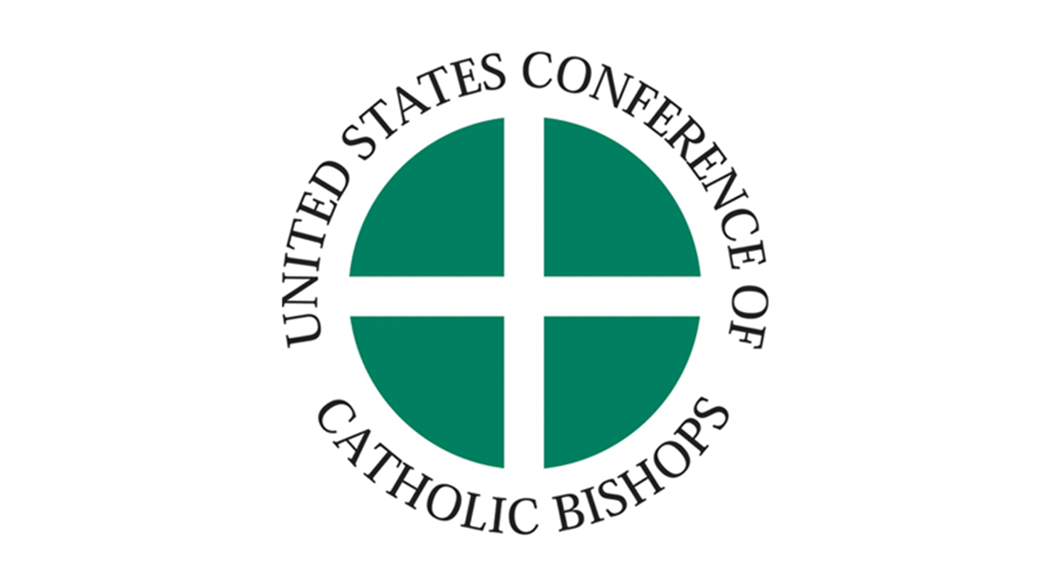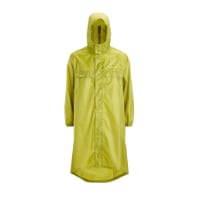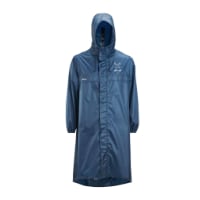Burton Axxe
Member
- Time of past OR future Camino
- April-May 2023
I’m best described as a lapsed Christian. I grew up in a North American baptist tradition and walked away in my late 20s. I’m hoping that my upcoming (first) Camino will allow me to re-connect, if not with my previous beliefs, at least with something more mystical and transcendent than the norms of my life.
For those reasons, I look forward to the masses, blessings, and other liturgical church-based ‘events’ that surround the Camino. The problem is, while I know my theology and church history well, I have little grasp as to how Mass and other liturgical events are conducted. As a pilgrim, can someone offer a primer as to what I’m expected to do/say during these events?
For those reasons, I look forward to the masses, blessings, and other liturgical church-based ‘events’ that surround the Camino. The problem is, while I know my theology and church history well, I have little grasp as to how Mass and other liturgical events are conducted. As a pilgrim, can someone offer a primer as to what I’m expected to do/say during these events?


















